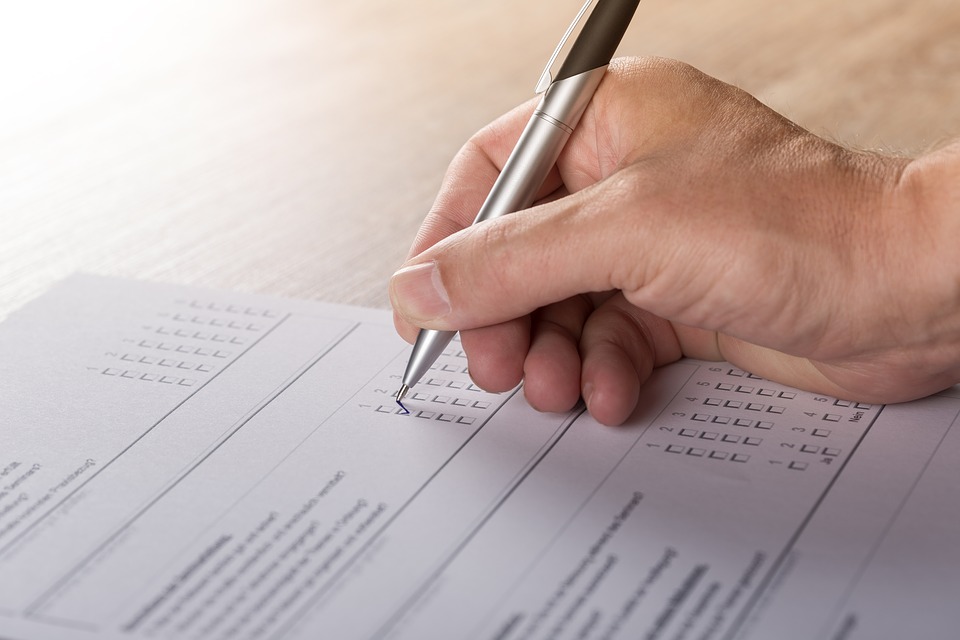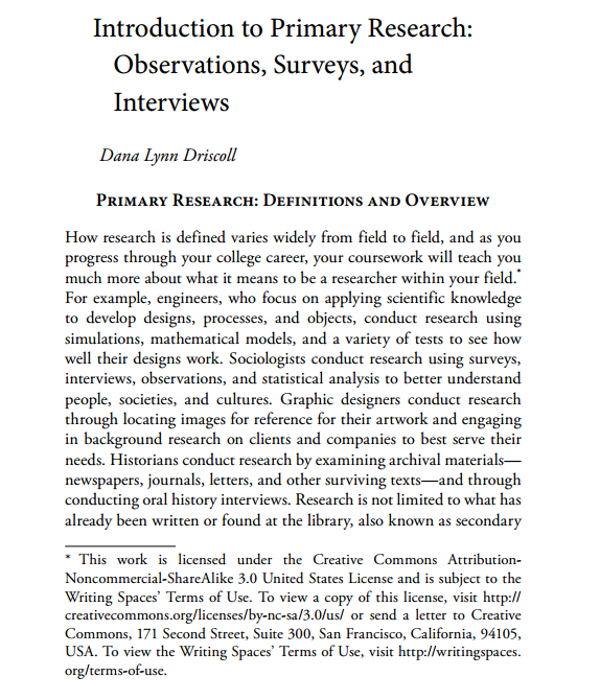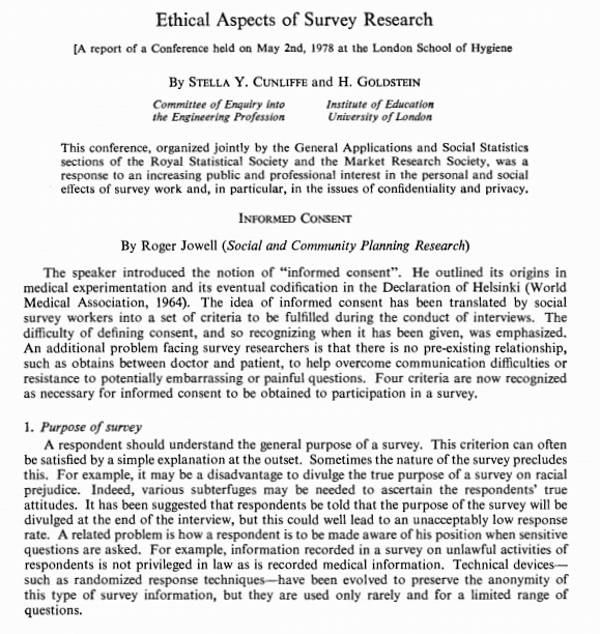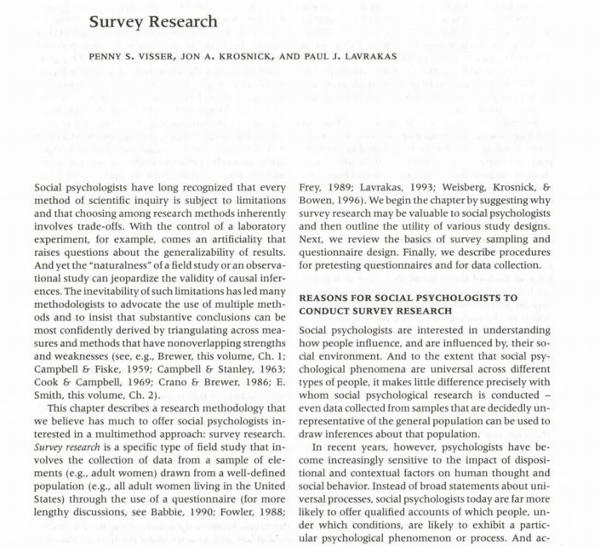Research Survey Examples
Surveys are normally conducted whenever certain organizations would like to get feedback from respondents. For example, hotels would normally conduct surveys when they would want to get customer feedback on how much they enjoyed their stay or restaurants wherein diners are asked to rate on how much they have enjoyed their meal alongside with the ambiance and exceptional service from the waiters. You may also see research report examples
Customer service related businesses would often make use of a survey so that they can step up their game as on how they can become better at what they do. However, the kind of surveys that will be focused on today will the ones used in research, and not about the ones used in the hospitality industry.
Introduction to Primary Research Survey Example
Statement of the Problem
This study aimed to identify the most frequent news category and rhetoric of The New York Times, The Boston Globe, and The Washington Post’s banner stories and assess whether they aligned to readers’ news preference.
Specifically, this sought to answer the following questions:
- What type of news category is the most frequent among American dailies’ banner stories?
- Business
- Crime
- Human Interest
- Education
- Sports
- Entertainment/Lifestyle
- Politics
- Science and Technology
- Health
- Environment
- Disaster
- What news values, as identified by Conley and Lamble (2006), are present in American dailies’ banner stories?
- Impact
- Conflict
- Timeliness
- Proximity
- Prominence
- Currency
- Human Interest
- Unusual
- How is the banner story selected by different American dailies through its respective news editors?
- What are the readers’ most preferred news categories to appear on American dailies’ banner stories?
- What recommendations may be designed for the editorial board of the local American dailies to consider for the purpose of improving their selection process and reportage? You may also like research questionnaire examples & samples
Once you have formulated your general statement of the problem, it is time that you have formulated your research methodology. In this section, it should properly indicate on where the data is going to be gathered, how the data is going to be gathered, how the gathered data is going to be treated and who the respondents are going to be. Make sure that you properly identify and specify to detail the following sectors so that it will be easier for you to make your research survey.
Ethical Aspects of Survey Research Example
Research Methodology
1. Research Environment
Example
This study was conducted in America, particularly in 2 kinds of institutions: the media and the academe. First, the data were gathered from the three American local newspapers’ (The New York Times, The Boston Globe, and The Washington Post) selected editorial board members consisting of the editors-in-chief, news editors and desk editors which will be conducted at their head news offices located at 620 Eighth Avenue Manhattan, New York 10018, Exchange Place; Boston, Massachusetts, U.S and 1301 K Street NW; Washington, D.C. respectively. All three local newspapers were chosen because their news coverage is focused on local current events providing the Americans and selected neighboring provinces with a daily issue from their general circulation. You may also see product questionnaire examples & samples
Second, a separate random data gathering was conducted at Harvard University in Cambridge, MA 02138, USA, Yale University located in New Haven, CT 06520, USA and Princeton University in Princeton, NJ 08544, USA. The aforementioned universities were selected according to the longevity of their communication program in the field of journalism and other related fields as well as their respective student population enrolled under the said course. You may also like questionnaire examples in word
2. Research Respondents
Example
Two sets of respondents were involved in this study particularly the selected editorial board members of the three local dailies and the students of the identified universities. The former included the local editors-in-chief, news editors and desk editors of each corresponding newspaper companies in their respective head offices. These identified editorial board members were chosen by the researchers because they hold more knowledge and are more capable of executing sound editorial decisions on what they deem relevant at the same time significant for the public to know, compared to the other members of the board.
Meanwhile, the respondents of this study’s survey questionnaire are one hundred fifty (150) Third Year students taking up Bachelor of Arts in Journalism or a similar course enrolled during A.Y. 2017-2018 at Harvard University, Yale University and Princeton University in Princeton respectively.
Researchers have selected third year communication college students as the respondents of the study since they have undergone basic news writing course and have a substantial background on how ideal journalism should be practiced with their exposure both on lectures and on field work. This number would fall at fifty (50) Third Year students per institution since it is the appropriate sample size per school.
Also, thirty respondents per institution is considered a rule of thumb in obtaining a balanced sample size and to minimize the margin of error. The requirements for choosing this particular group of students are as follows: a) must have taken the course subject Newswriting or similar; and b.) must have a general understanding on how the agenda-setting theory as well as the gatekeeping theory affect the news industry. You may also check out employee questionnaire examples & samples
3. Research Instruments
Example
The main instrument of this study was the survey questionnaires reproduced and distributed to the selected respondents. An interview guide was also formulated for the conduct of the interview with the local dailies selected editorial board members. Additionally, coding sheets purposely designed for this study were employed to tabulate the results and aide researchers in their analysis. You may also see student questionnaire examples
Research Survey Example
Purpose of Conducting Surveys
1. Uncover the answers
If your study is considered to be a new kind of study that taps into a certain field of research that has not been tapped before, then a survey can help you gather the data that you need to find out out more about that certain situation. This data will serve very useful not only to the scholars, but will also serve beneficial to the other practitioners in the field your study is tackling (journalists, accountants). Along the way, you will also discover about what tends to drive these survey respondents and what is important to them, and gather meaningful opinions, comments, and feedback.
Research shows that when respondents are situated in a private setting, they would tend to be more honest about their answers. Methods such as online surveys, paper surveys, or mobile surveys are more private and less intimidating than face-to-face survey interviews or telephone surveys. You may also like income questionnaire examples & samples
2. Evoke discussion
Whether it is before or after giving the survey to the respondents, it gives you and your partner researcher the opportunity to discuss and open up to them on what your thesis topic is about and why you are curious as to finding out what the answers are and what they intend to gain from conducting this study. Through communication, you are able to exchange ideas and perhaps even inspire the others to pursue a similar study to yours in discovering more areas that weren’t discussed in your study. You may also check out business questionnaire examples & samples
3. Base decisions on objective information
Conducting surveys is an unbiased approach to decision-making. Don’t rely on “gut feelings” to make important business decisions. You can collect unbiased survey data and develop sensible decisions based on analyzed results. By analyzing results, you can immediately address topics of importance, rather than waste time and valuable resources on areas of little or no concern. You may also see health questionnaire examples
4. Compare results
After gathering the results from your survey, you may now start treating the data. And afterwards, the results will automatically reveal themselves to you as to whether you were expecting this kind of result to appear or not. These results provide a clearer picture of the attitudes and behaviors which can also include thoughts, opinions, and comments – about your target survey population. This valuable feedback can be used as a basis to measure and establish a benchmark from which to compare results over time. You may also like restaurant questionnaire examples & samples
Principles of Survey Research Example
Using Contingency Questions
When distributing surveys to the respondents, you have to determine as whether you are trying to achieve a quantitative or qualitative type of research, or both. There are at least five types of questions that you can make use of when making your questionnaire:
Contingency questions are questions that are answered if the respondent provides a particular answer response to a previous question. In using contingency questions, it avoids asking further questions to people that do not apply (e.g. asking men if they have ever been pregnant). You may also see lifestyle questionnaire examples & samples
- Matrix questions. These are identical response categories that have been assigned to multiple questions. These are often placed one under from the other, forming a matrix with response categories along the top and a list of questions down the side. It serves as an efficient use of age space and respondents’ time. You may also like personality questionnaire examples & samples
- Scaled questions. Often known as the Likert’s Scale, the responses to these questions are graded on a continuum. (e.g. rate the products being sold by Krispy Kreme in terms of flavor on a scale from 1 to 5).
- Closed ended questions. The respondents being asked to answer close-ended questions are only limited to answer to a fixed set of responses. There are two kinds of close-ended questions which include dichotomous questions (i.e. yes or no kind of questions) and multiple choice. You may also check out what is the importance of a questionnaire?
- Open ended questions. There are no options stopping you. You can freely answer as your heart desires, whether they are seen as positive or negative. There are at least six kinds of open-ended questions which include completely unstructured (i.e. what do you think of President Trump as a businessman?), word association (i.e. words are presented and the respondent says the first thing that comes to mind), sentence completion, story completion, picture completion, and thematic perception test (i.e. respondents explain a certain picture or make up a story as to what they think is happening in the picture). You may also see assessment questionnaire examples

Close-Ended Survey Outline Example
Example
Dear Respondents,
We are currently conducting a research entitled Examining American Dailies Banner Stories and Readers Preference with the aim of documenting and analyzing the present landscape of the banner stories of local American dailies’ banner stories and analyzing the gatekeeping procedure of the present news editor in their respective news organization. In line with this goal, we request you to answer this survey questionnaire by encircling the letter of your choice. Thank you! You may also see what is a questionnaire?
PART 1
- Are you a reader of local American dailies’? Please select one. YES or NO. If no, there is no need to continue.
- If YES, what local American newspaper would you usually read? Please select one. You may also like examples of questionnaire for customer satisfaction
- The New York Times
- The Boston Globe
- The Washington Post
- How frequent do you read any of the local dailies?
- Everyday
- Once a week
- Once a month
- Other (Please indicate)
PART 2
- What kind of banner stories do you usually see in banner stories? Choose up to 3 news categories. You may also check out feedback questionnaire examples & samples
- Business
- Crime
- Human Interest
- Education
- Sports
- Entertainment/Lifestyle
- Politics
- Science and Technology
- Health
- Environment
- Disaster
- What kind of news categories would you, the reader of your selected newspaper prefer to see as the banner story of the day? Choose up to 3. You may also see risk assessment questionnaire samples
- Business
- Crime
- Human Interest
- Education
- Sports
- Entertainment/Lifestyle
- Politics
- Science and Technology
- Health
- Environment
- Disaster
- What kind of news categories would you, the reader of your selected newspaper prefer to AVOID reading as the banner story of the day? Choose up to 3. You may also like dissertation questionnaire examples & samples
- Business
- Crime
- Human Interest
- Education
- Sports
- Entertainment/Lifestyle
- Politics
- Science and Technology
- Health
- Environment
- Disaster
- What platform do you prefer using in order to provide feedback to the respective editors-in- chief of their own respective newspaper company? You may also check out examples of self-administered questionnaire & samples
- Social Media
- Personal Interaction
- What types of news do you think are seldom/rarely covered by news outlets or placed as the banner story? You may also see samples of pre-interview questionnaires
- Business
- Crime
- Human Interest
- Education
- Sports
- Entertainment/Lifestyle
- Politics
- Science and Technology
- Health
- Environment
- Disaster

Making a survey is often easier said than done. You would have to think and carefully formulate the kind of questions that is able to answer the questions found in the Statement of the Problem. If you think you would need assistance for this, you can always consult with your thesis adviser to help you out. You may also see survey questionnaire examples to provide you with more insight in how to make these kinds of surveys.






